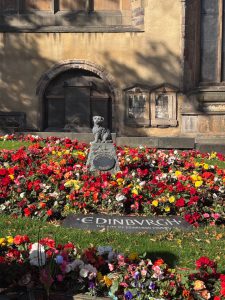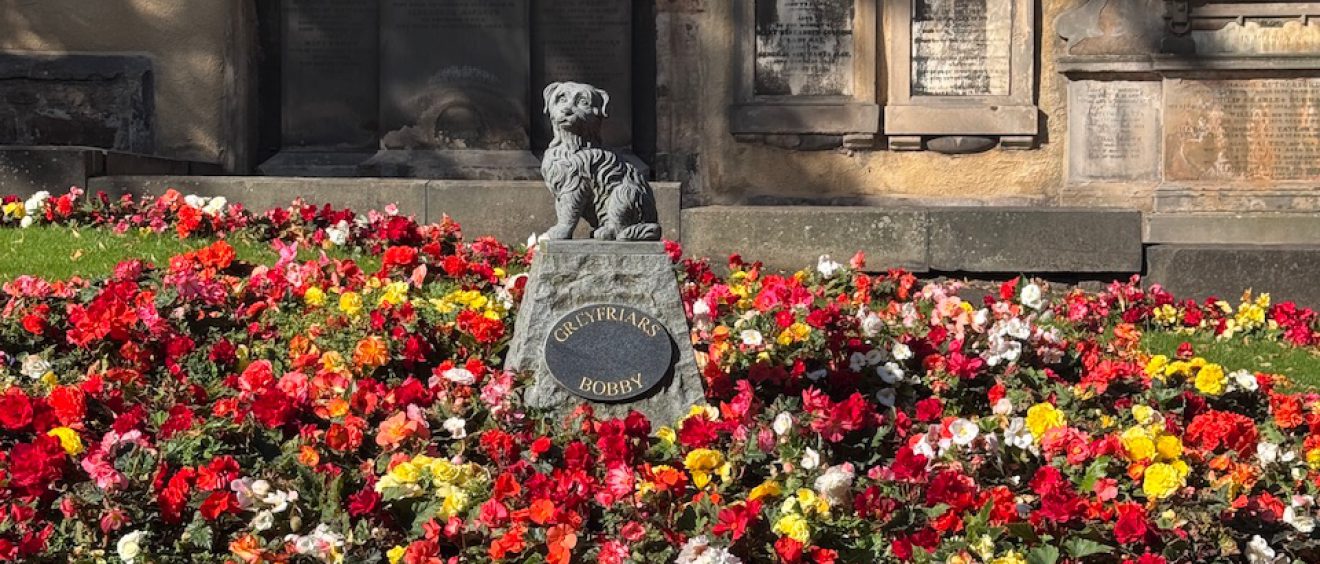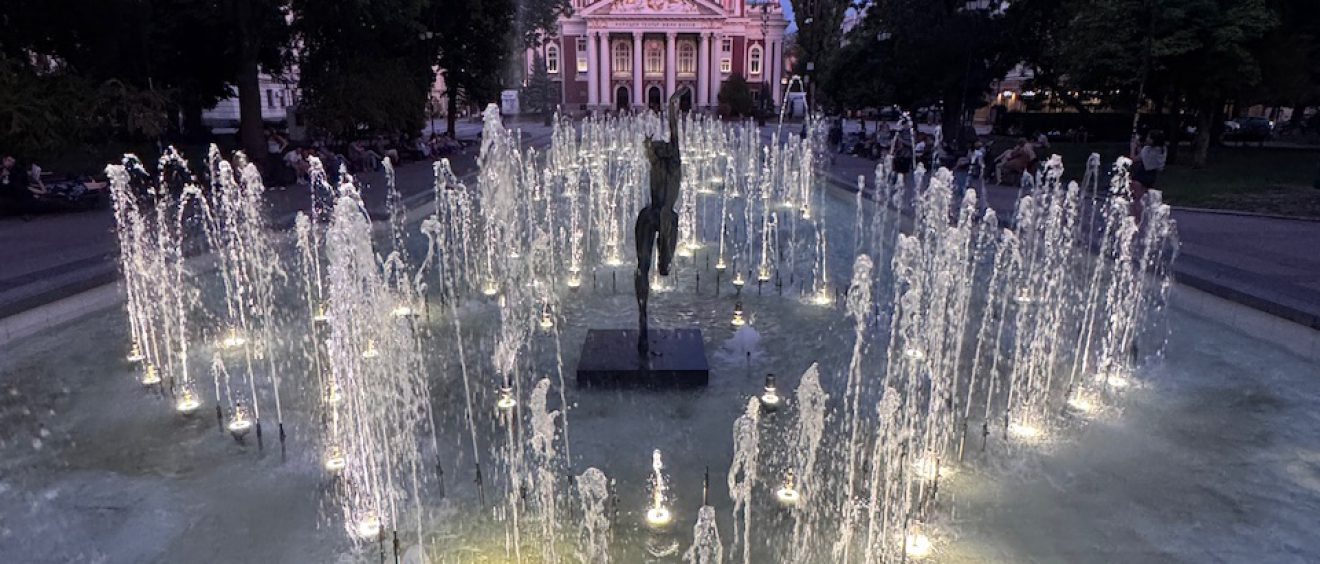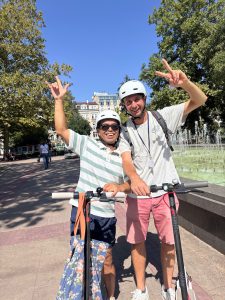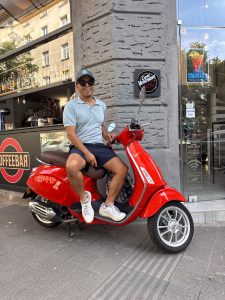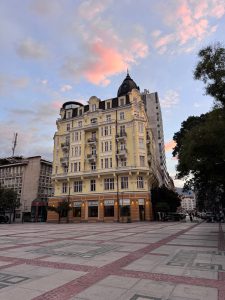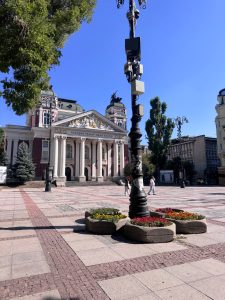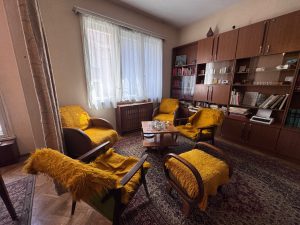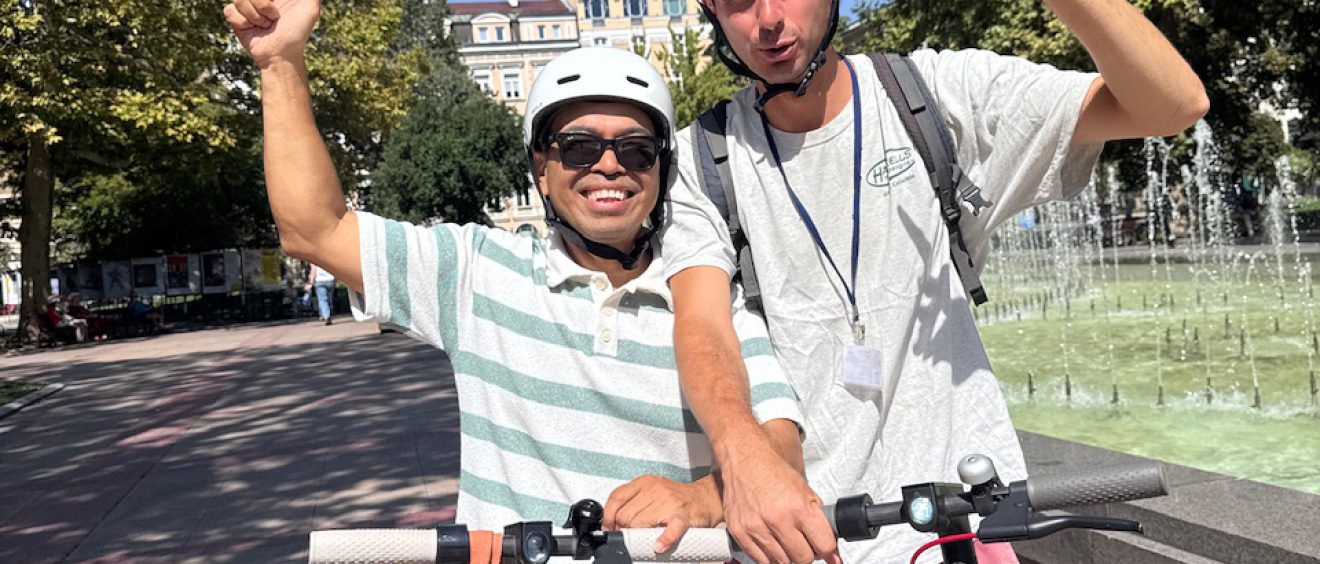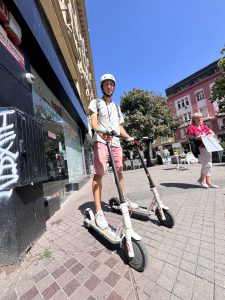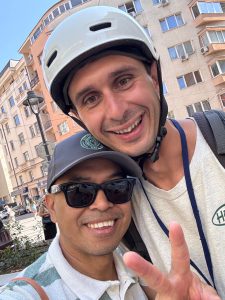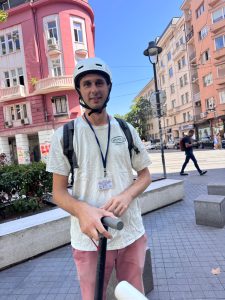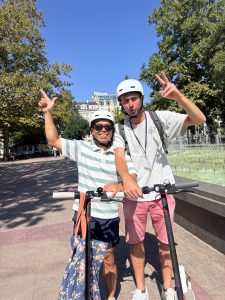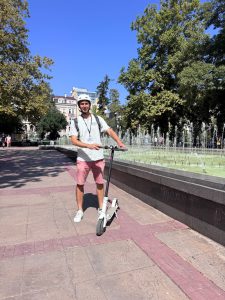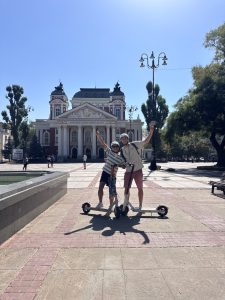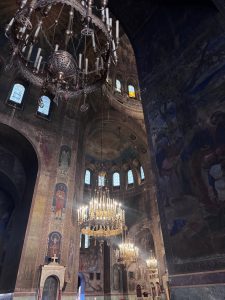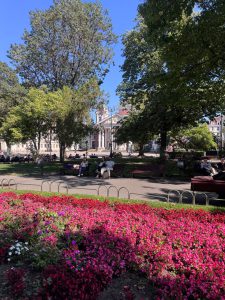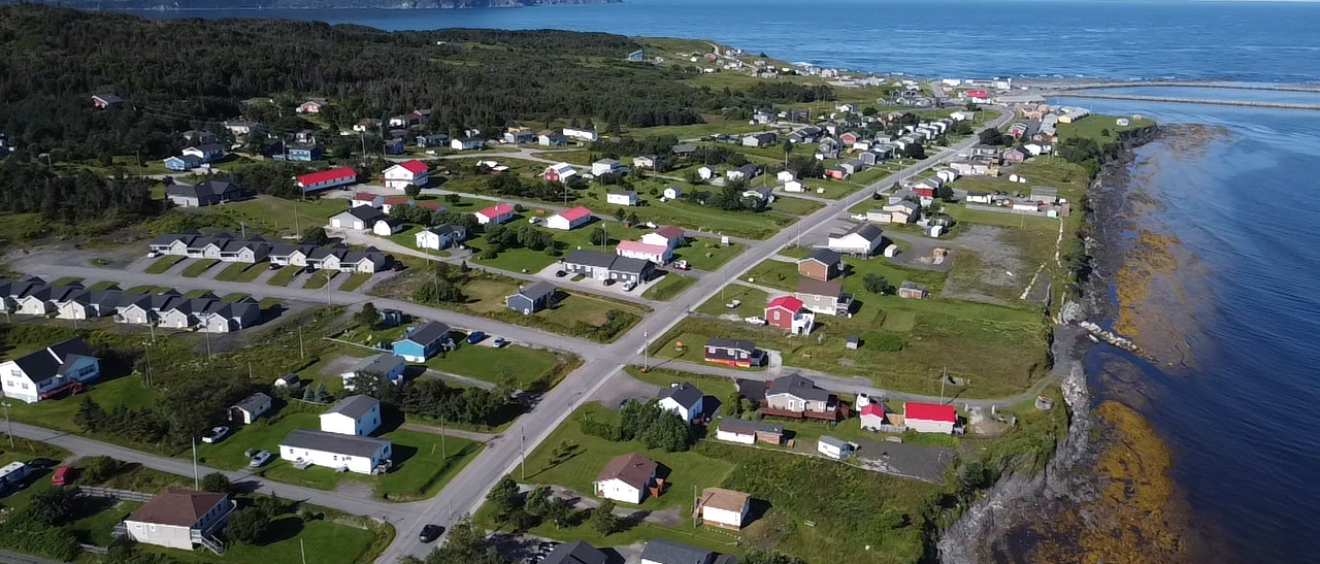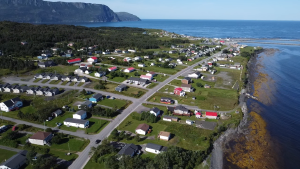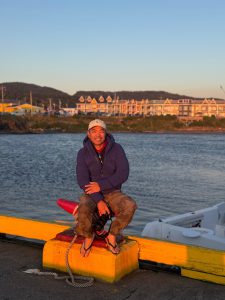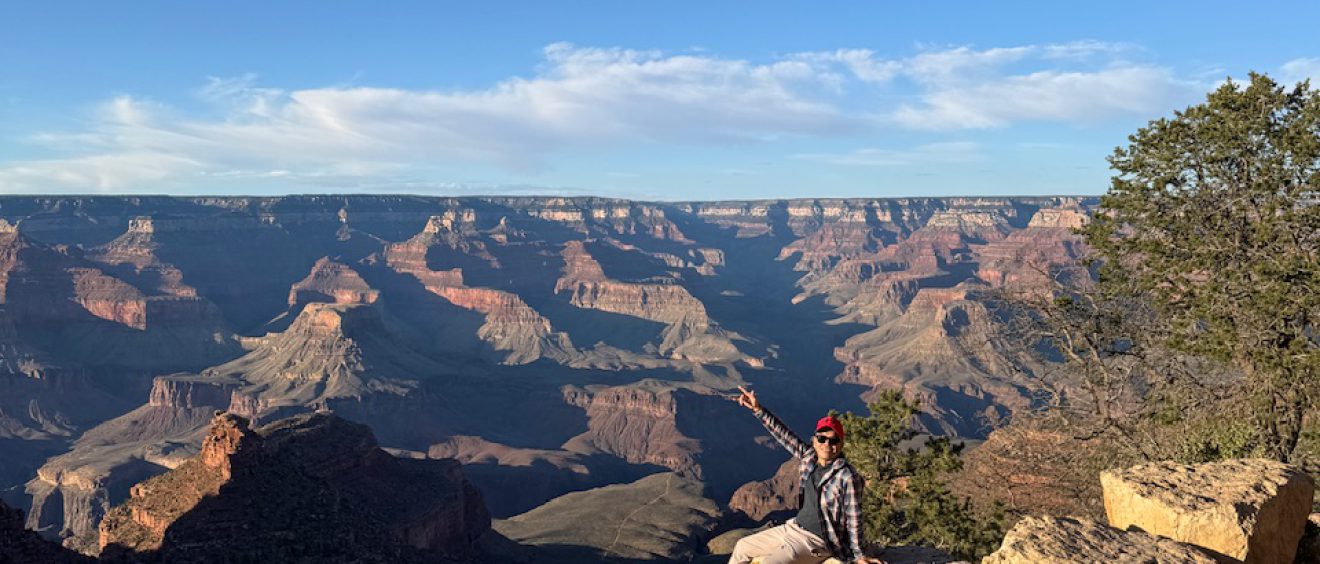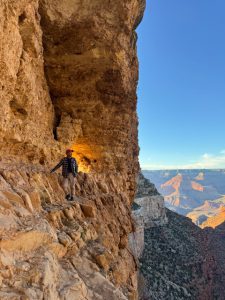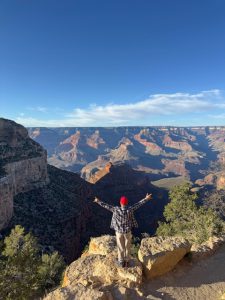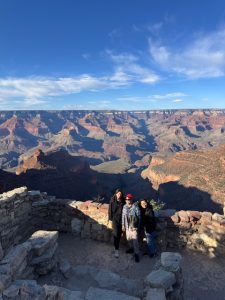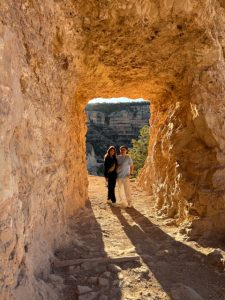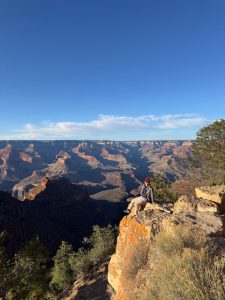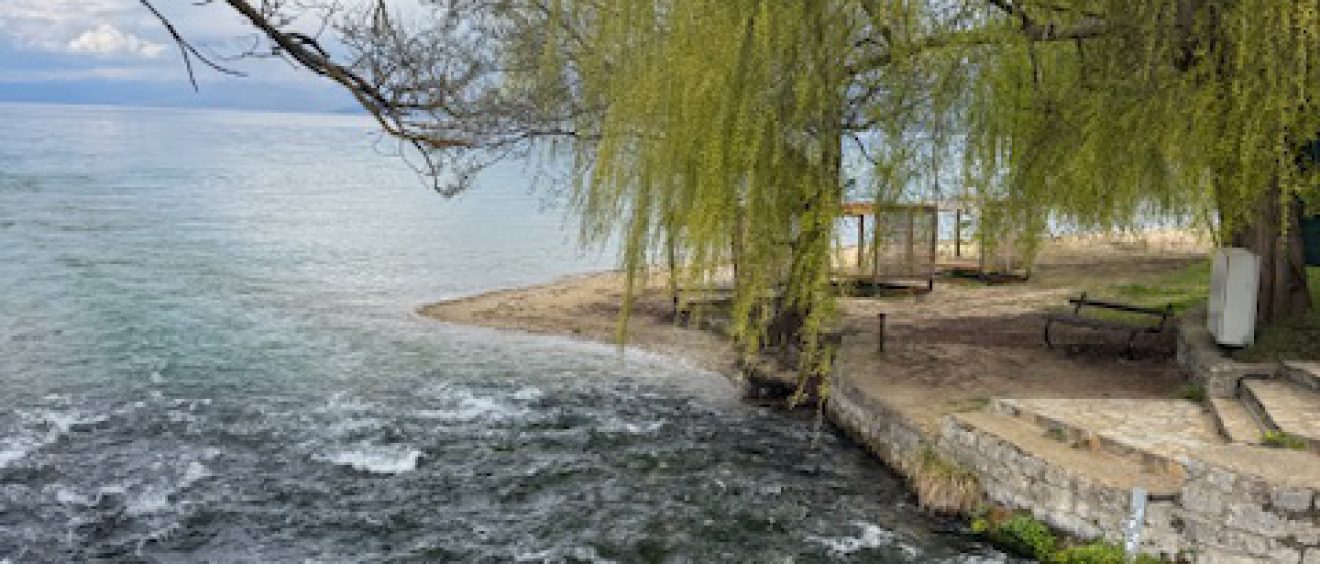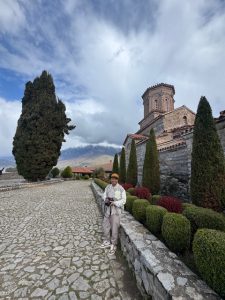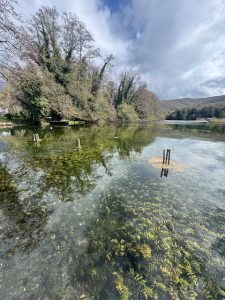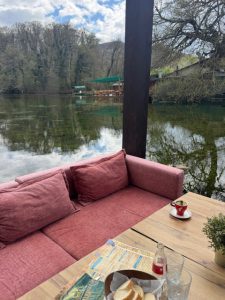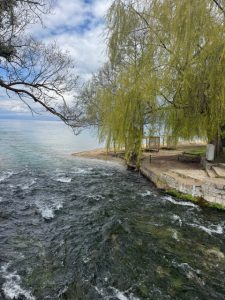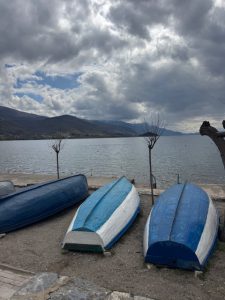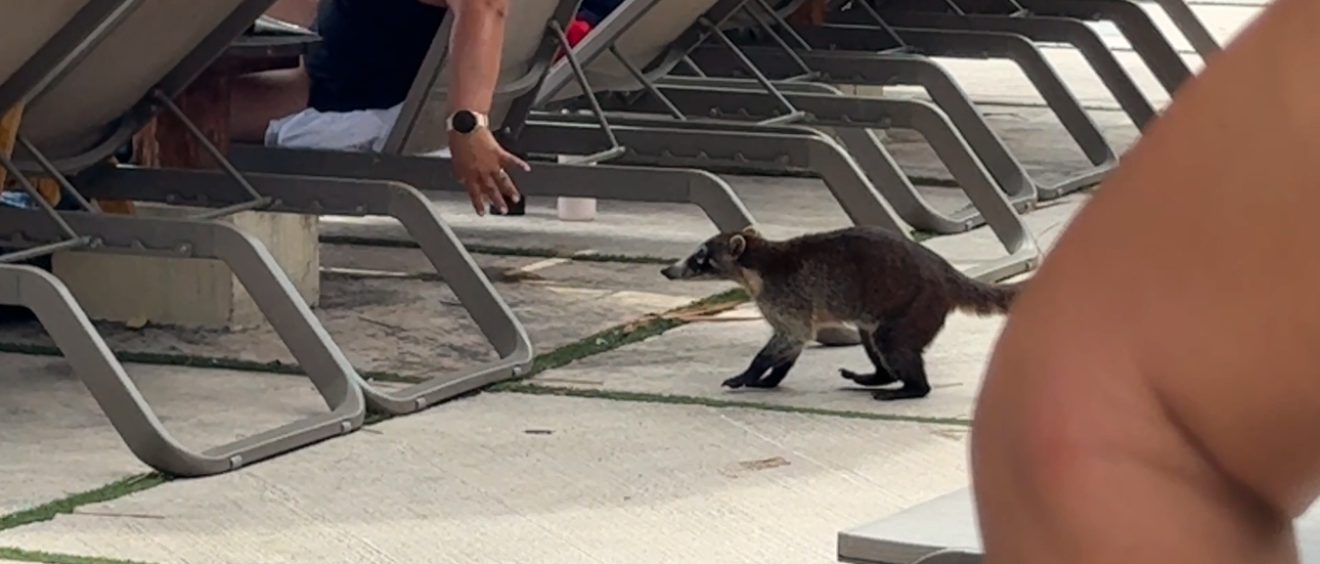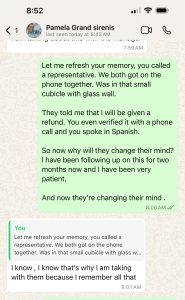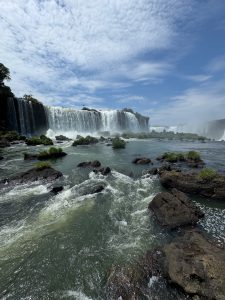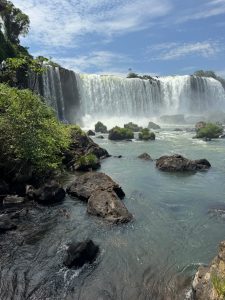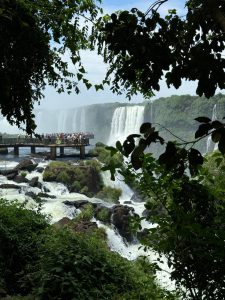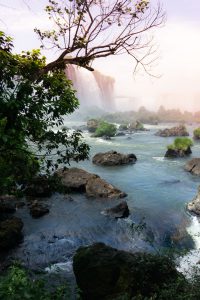I am beyond honored to be featured in The Philippine Inquirer, the most popular newspaper in the Philippines. Special thanks to the writer MJ Salcedo and Editor Don Lejano and Eunice C. Novio for the wonderful story about my small non profit.
Here is the direct link to the story:
https://newsinfo.inquirer.net/2086170/philanthropist-sets-up-101-heroes-to-build-learning-centers-for-kids
Unfortunately, their website is not available globally (particularly Canada). Below is the full transcript of the article:
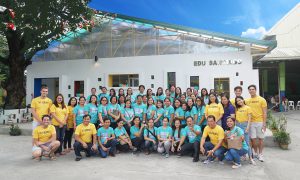
Philanthropist sets up 101 Heroes to build learning centers for kids
By: Mary Joy Salcedo
MANILA, Philippines —Walk into many public schools across the Philippines, and you’ll often find a learning center with names you don’t recognize.
These are not the names of politicians or public figures, but rather the 101 Heroes — a nongovernmental organization composed of everyday people who pooled their resources to bring these centers to life, showcasing “the power of collective effort.”
The group aims to raise funds to build learning centers in public elementary and high schools, not only in the Philippines but also in other countries worldwide.
In an interview with INQUIRER.net, 101 Heroes founder Edwin Santiago, a philanthropist from Bulacan who now resides in Los Angeles, said they spend all the funds they raise on building learning centers to inspire students to get an education.
He described the learning centers that their organization has been building as “multifunctional.” It features an air-conditioned library with over 30,000 books, a television, a computer, and sports equipment for students’ school activities.
Sometimes, the learning center serves as an audiovisual room, a teacher’s conference room, and a place where students can review or practice for their school activities. The center also serves as a venue for school awards and special occasions, such as their Christmas parties, awarding ceremonies, and conferences. “It becomes like this living room, like there’s life in it,” he said
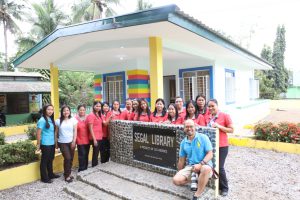
Building an organization for young learners
Santiago decided to form 101 Heroes in 2009 when he came to the Philippines.
He was having dinner with his friends when he saw kids who were still selling sampaguitas on the streets even at night.
“It was 11 in the evening, and it really broke my heart. I said, you know, kids should not be working. They should be in school,” he said.
“So when I was turning 40, I decided I was going to celebrate my birthday party in Greece. I was going to have my friends, and then I said, you know what, why don’t I just donate the money to start this nonprofit? So I was going to start a small library in the Philippines,” he added.
Santiago felt scared and nervous when he first attempted to raise $10,000 to build a library. It was just a “one-time deal” for him.
At first, he was embarrassed to ask people for help. He was also afraid that other people would think he was “bragging” about donating should they come to know about the organization.
But one of his friends changed his outlook about the things that concerned him in building 101 Heroes.
“[My friend] goes: ‘By sharing what you do with other people, then your impact will be bigger. You can help more people,’” Santiago recalled.
“So I decided to start this. I was supposed to raise $10,000, and a lot of that money is coming from me… And then instead, like my friends really believed in my cause, and I was able to raise $60,000, which at that time was already big. That was like 15 years ago,” he added.
With the help of his friends and other people from the United States and the Philippines, Santiago’s organization was able to build the first learning center, about 160 square meters in size, at North Ville Elementary School in Marilao, Bulacan.
Santiago recalled how excited the students, teachers, and even the school administrators were because of the project — and that inspired him to build more building centers in different schools.
“Now we have 26 and we’re building the 27th one. So it’s just kind of like one of those things that it just kind of grew,” he said, noting that they were also looking into building learning centers in the poorest schools in South America.
According to Santiago, out of the 26 learning centers, which cost from P3 million to P6 million, 17 were built in the Philippines, seven in Indonesia, one in India, and one in Kenya.
“Right now, there are over 50,000 people in the total number of schools that use the project. So, every year over 50,000 kids use these buildings, you know? So it’s really like an amazing project,” he added.
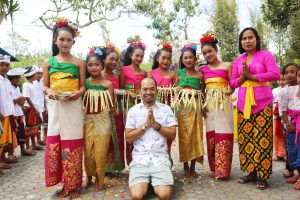
Choosing a name for the NGO
Santiago decided to name the organization 101 Heroes to give appreciation to the people who have helped him when he started the initiative.
“I figured my first project was going to cost $10,000. And then I told myself, I did this math, I said, if I can ask 100 of my friends to donate $100 each, I will have $10,000 plus me, so 101,” Santiago explained.
“A lot of people named their project after themselves. And it goes back to the whole anonymous thing, like, I don’t want it to be about me. I want this to be about the cause,” he added.
Aside from making kids excited about studying due to the learning centers, the organization also seeks to make people feel good about helping.
Santiago said the organization had “naming rights,” which means the names of the people, or their loved ones, who donated any amount would be carved on a wall of the learning center.
“Every donor’s name is on the wall. So you’ll see the names of the people that donated… If you’re the highest donor, we will name the library after you or your mother or your father or whoever you want to name it to,” Santiago said.
The philanthropist also takes a photo of the wall and posts it to the 101 Heroes organization or directly sends it to the donors for them to see the result of their good deeds.
“They’re like, ‘Oh, wow.’ Like it’s legitimate. Like, ‘This happened because of you.’ Like it says, ‘You helped make this happen,’” Santiago said.
“I think it’s that feel-good factor that makes people feel good about donating… It’s not about vanity, but it’s about, like, ‘I was part of this project.’ So I think that’s like the biggest draw,” he added.

Focus on the 101 Heroes founder
Santiago said he was inspired to be a philanthropist by his parents, especially his mother, who also gave scholarships to over 50 kids, including those who wanted to be priests.
Even though the family may be considered well-off, he and his three siblings were raised as simple kids.
“My mom would only buy us shoes twice a year. Like Christmas. And she would only buy us shoes on Christmas and pasukan [opening of school year],” he recalled. “So we never really saw ourselves as rich kids. We were comfortable, but we were never rich, rich.”
The thing that disturbed him when he was 10 years old was when he saw his parents paying the school bills of other kids.
“When I was young, I never really understood it. It’s like, ‘Why are we like we’re poor? We’re not spoiled. You’re not giving us what we want. You’re not buying us new shoes and new clothes. And we’re paying for people’s tuition.’ I always thought that didn’t make sense,” Santiago reminisced.
“But then as I grew up, as I moved to the US after college, that’s when I realized, that’s what that is,” he added.
Both of Santiago’s parents have already passed, his mother in 2023 and his father in 2002. He made sure to donate money to help build a learning center after them.
“I wanted to tell them, ‘This is what you helped. This is like what you’ve taught us.’ It’s not just about us, but like sharing with the less fortunate,” he said, adding that he and his siblings were still giving scholarships, continuing their parents’ goal of helping others.
Santiago, who is currently living in Los Angeles, served as a director of marketing in California for about 23 years before he retired in 2023.
Right now, aside from managing 101 Heroes, he spends his time on his passion, photography, and traveling to learn about different cultures in various parts of the world.
He also feels content living the life that he has now with John, his partner of 27 years, who he said had been very supportive of the organization.
As a gay person, Santiago recounted that he was glad to be an inspiration to other people, especially those who are also members of the LGBTQIA+ community.
“I remember my mom told me the story that somebody asked her, somebody has a child who’s gay. And then she asked my mother, ‘How do I deal with this?’ And then she said, ‘Your goal is to raise a good person. It doesn’t matter what other things are. Because you have one goal as a parent. It is to raise a good person. And that’s the only thing that matters.’ And I started crying,” Santiago recalled.
Being able to contribute to the life of other people, according to Santiago, is “humbling” and at the same time a “success” in terms of sharing with the world the blessing that God has poured onto him and his family.
“I think it’s important to be the one giving. It’s important to be in the position of ‘I’m the one helping instead of the one asking people for help,’” Santiago said.
“And I count my blessings all the time and say, you know what? I’m truly, truly, truly, truly blessed that I’m in that position to help so many people. It’s an incredible feeling,” he added.
Recently, Santiago wrote a children’s book to raise more funds by donating part of the proceeds to 101 Heroes.
The main message of his book, “The Passport Adventures,” emphasizes kindness and empathy, which reflect the mission of the organization.
“You have to give back. I think that’s the essence of 101 Heroes, it’s about giving back,” Santiago said.
